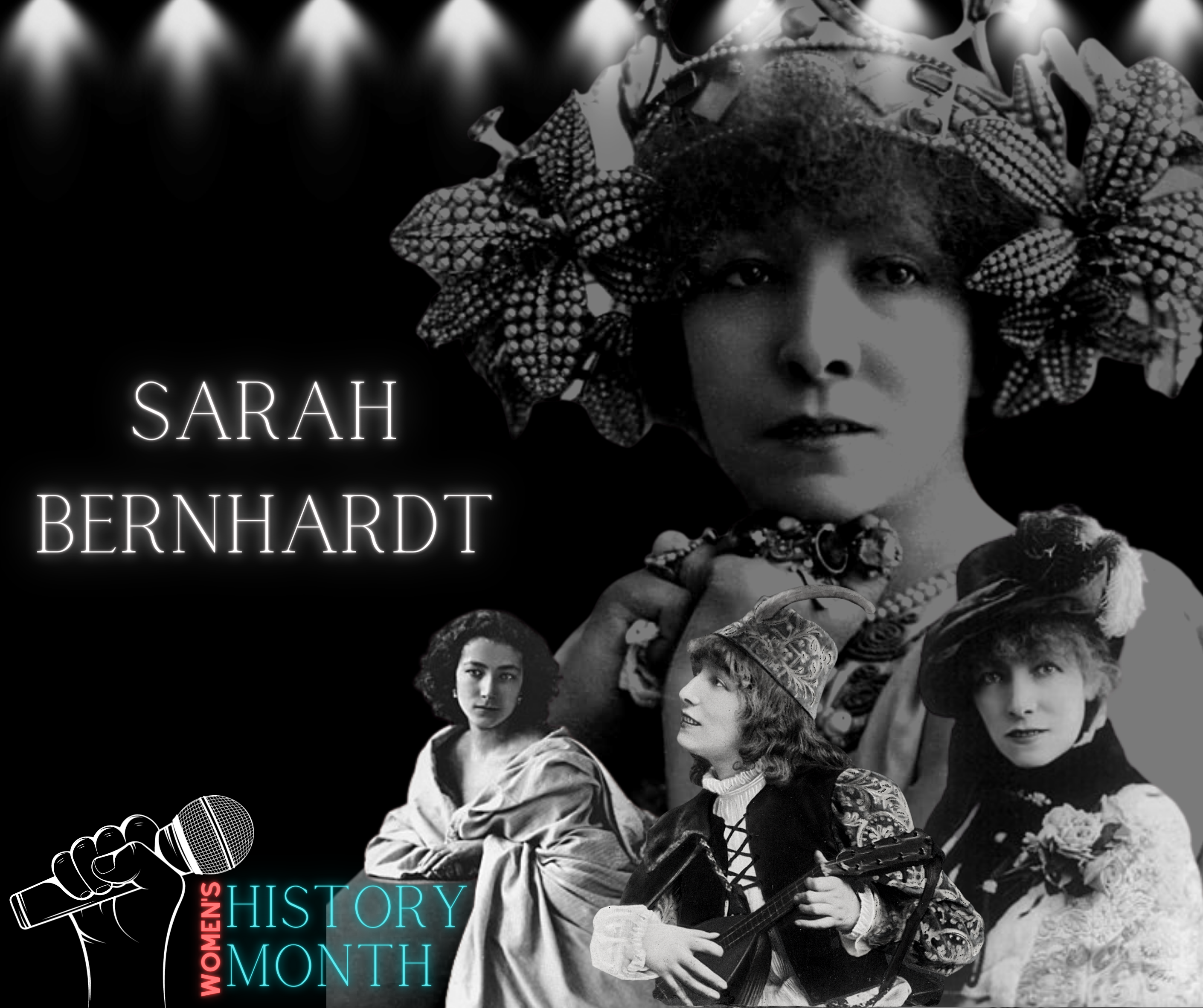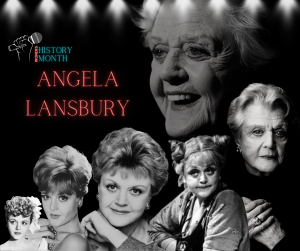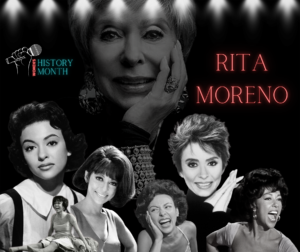Born Henriette-Rosine Bernard in Paris in 1844, Sarah Bernhardt came into the world in less than auspicious circumstances, but would rise to be the most celebrated actress of the late 19th century. Her mother was a courtesan catering to upper-class clientele and, while her father’s name is not recorded, he is believed to be the son of a wealthy merchant since his family paid for Sarah’s education and left her a large sum of money to be disbursed to her when she came of age.
Her mother subsequently rose in the ranks of courtesans and developed connections with wealthy male patrons and friends, perhaps most notably Charles de Morny, Duke of Morny, who was the half-brother of Napoleon III. Morny’s influence in her life meant Sarah was able to attend an exclusive convent school, where she developed a fervent dedication to the Catholic faith. It was Morny who proposed she become an actress, took her to her first theater performance, and used his influence to get her an audition with the Paris Conservatory. Bernhardt also became close with Alexandre Dumas père (famous for The Count of Monte Cristo and The Three Musketeers). Dumas noticed her potential early on, calling her “my little star,” and she would go on to perform in his plays.
From 1862 through 1878, Sarah Bernhardt performed at the Comédie Française, the Gymnase, and the Odéon. The early portion of this period was marked by roles unsuited to her talents and offstage personality conflicts. Her breakthrough performance came at the Odéon in 1868 with the play Kean by Alexandre Dumas, after which her salary was immediately raised from 150 to 250 francs per month. She later described the contentment she felt during her time at the Odéon: “I remember my few months at the Comédie Française. That little world was stiff, gossipy, jealous. I remember my few months at the Gymnase. There they talked only about dresses and hats, and chattered about a hundred things that had nothing to do with art. At the Odéon, I was happy. We thought only of putting on plays. We rehearsed mornings, afternoons, all the time. I adored that.”
Over the course of her career, Bernhardt performed in plays by many famous writers, including George Sand, Victor Hugo, Alexandre Dumas (père and fils), Corneille, Racine, Molière, Voltaire, and Shakespeare. She played such well-known roles as Phèdre (Phèdre), Desdemona (Othello), Lady MacBeth (MacBeth), Ophelia (Hamlet), Cleopatra (Cléopâtre), Roxane (Cyrano de Bergerac), and, famously, Hamlet in Hamlet.
Following successful tours of America and Europe in 1880 and 1881, she embarked on two world tours (1886-1887 and 1891-1892). She was preparing to go on yet another world tour in 1898, when she discovered that the Théâtre des Nations was up for lease. She signed a 25-year lease and renamed the theatre Théâtre Sarah Bernhardt. The name was kept after her death under the directorship of her son and was only changed during World War II due to Bernhardt’s Jewish ancestry. It’s now called Théâtre de la Ville and continues to operate today, renowned for its contemporary dance productions.
Bernhardt embarked on several farewell tours between 1901 and 1913. Even after having her leg amputated in 1915, she continued to perform in roles that allowed to her remain seated. She even traveled to the Battle of Verdun and the Battle of the Argonne to perform for French troops during the first World War. She was filming a movie (La Voyante, by Sasha Guitry) in her home when she collapsed and never recovered. Bernhardt died on March 26, 1923.
While she was a world-famous actress renowned for her sincerity onstage and her “golden voice,” Sarah Bernhardt was equally fascinating in her personal life. She spent her money lavishly, had an exotic pet collection, took many lovers, and was rumored to sleep in a coffin. Due to the public’s overwhelming interest in her, Sarah Bernhardt is widely considered to be the world’s first celebrity, and is still revered today.




